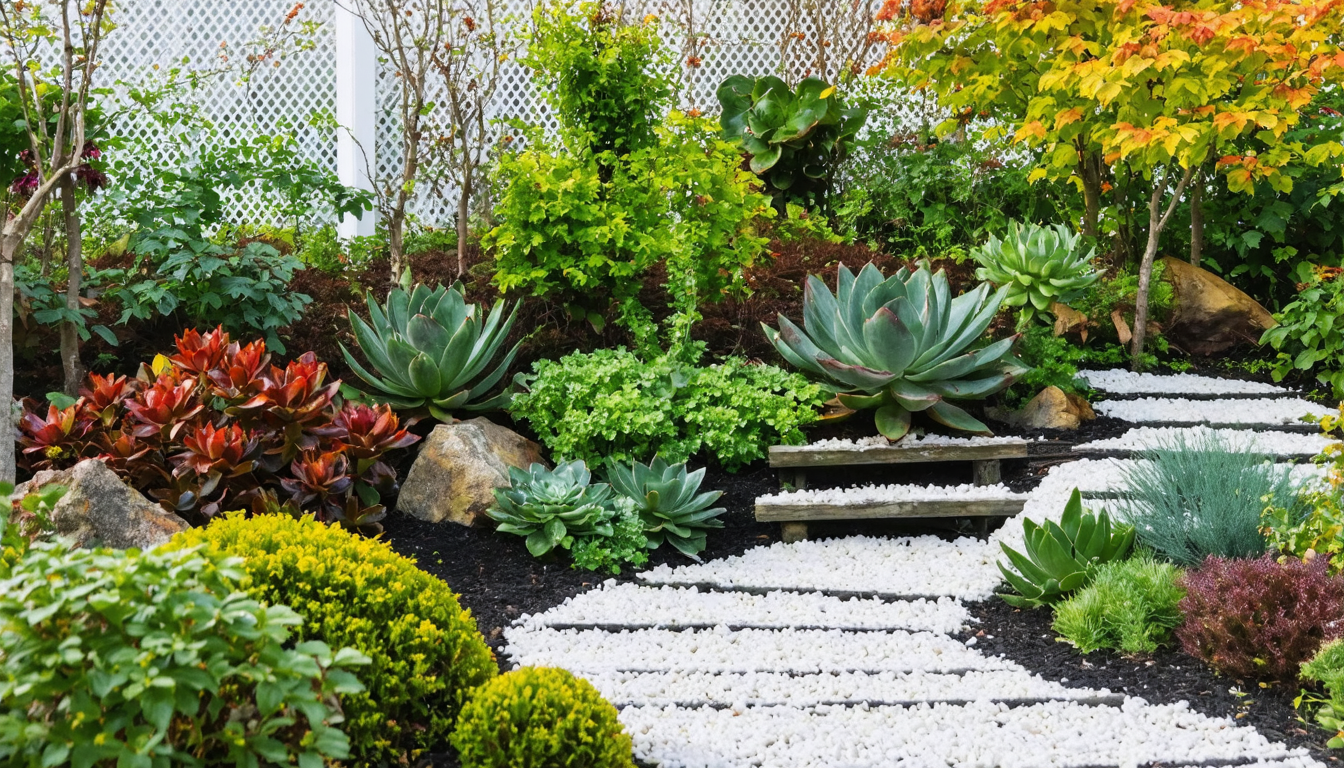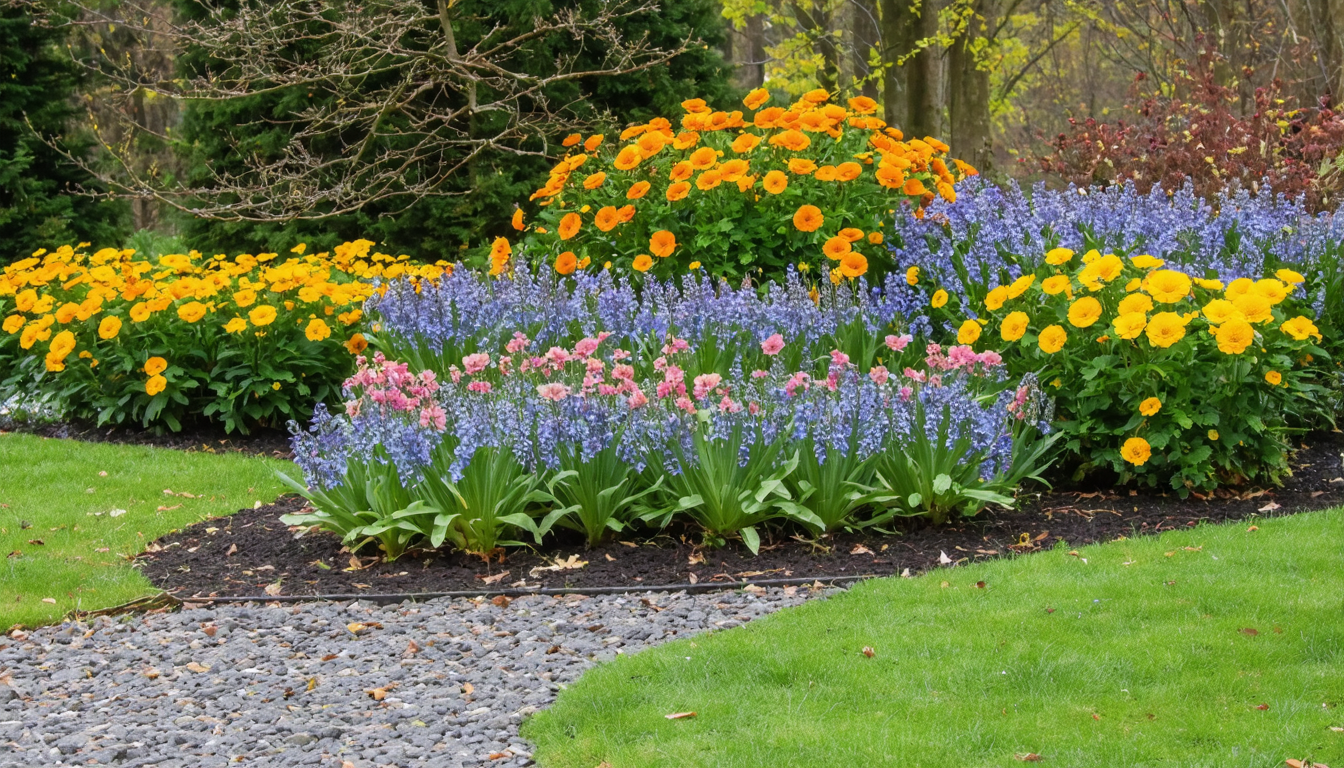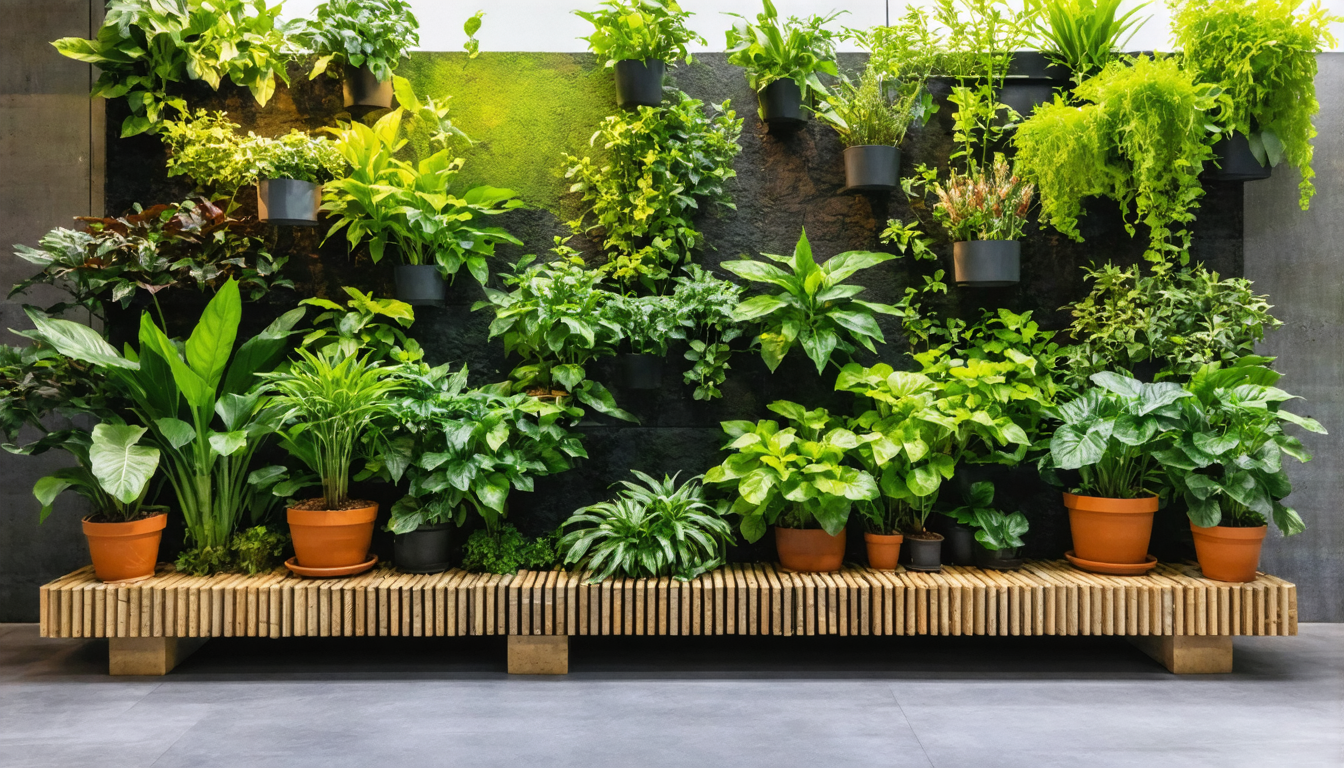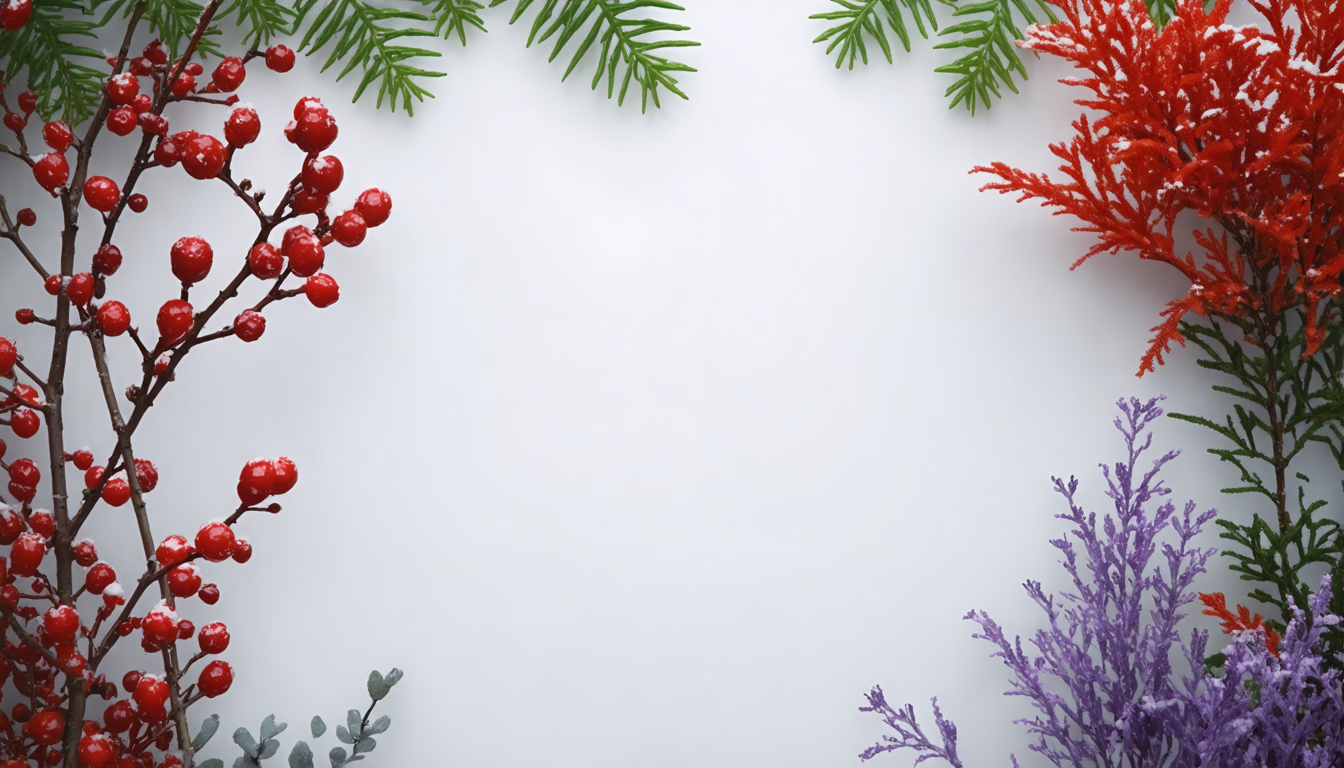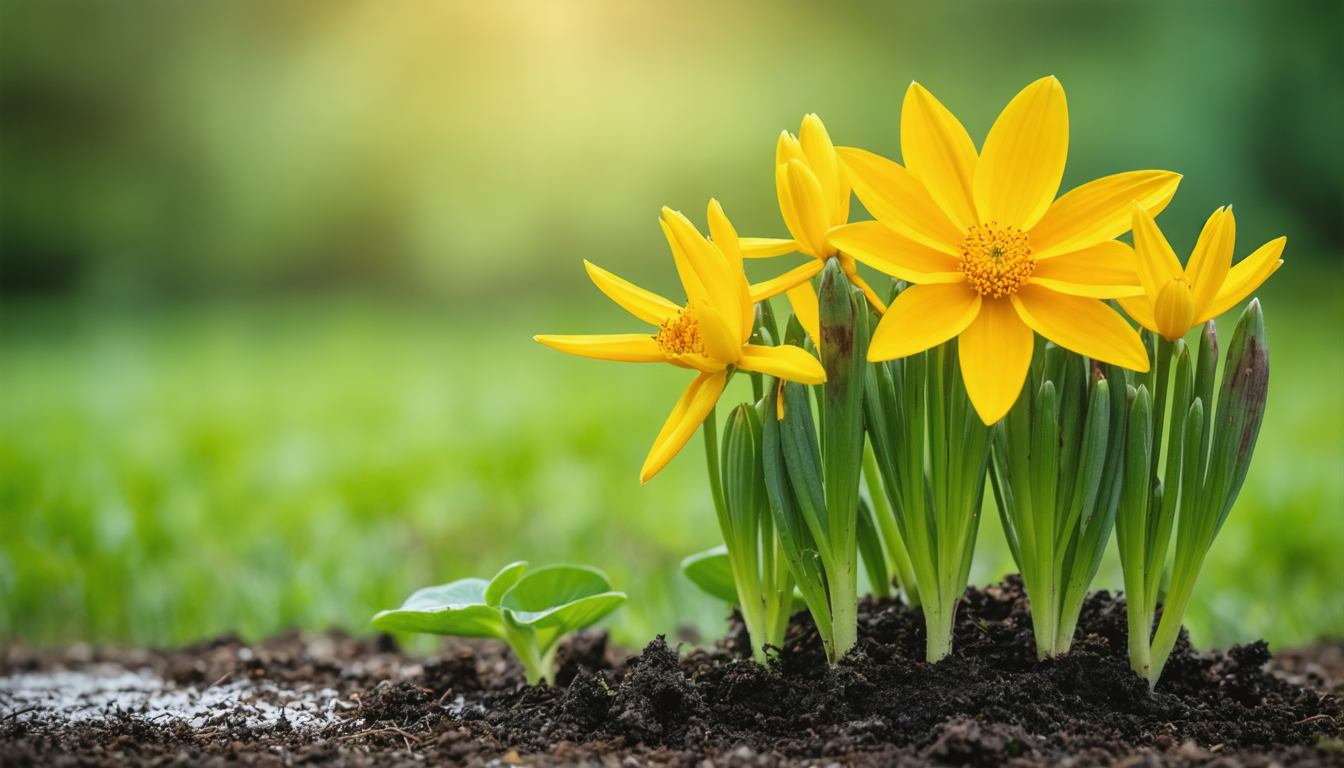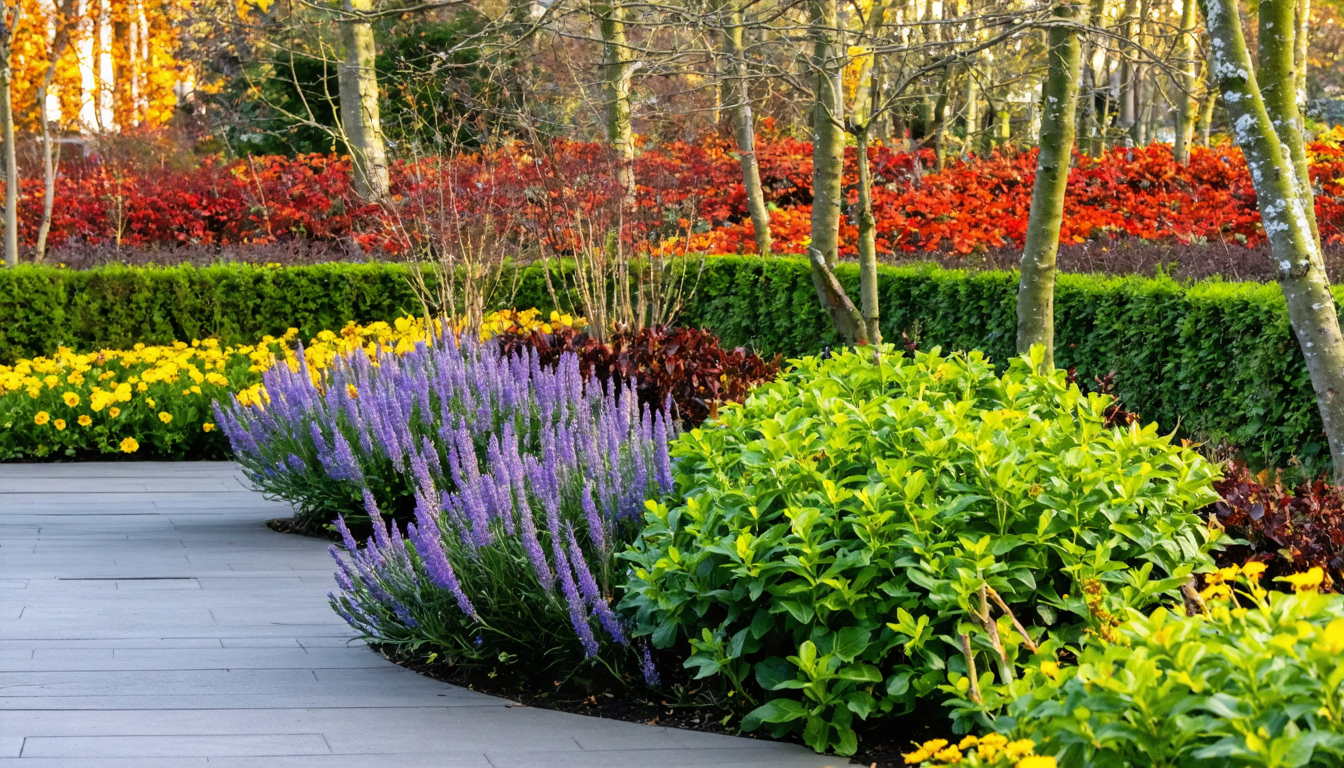
The Basics of Pruning
Pruning is an essential gardening task that can significantly impact the health and appearance of your plants. Timing is everything when it comes to pruning, especially for spring-flowering shrubs. These shrubs should ideally be pruned in early summer, just after they have finished blooming. This is particularly important because these plants set their flower buds for the next spring around August. 🌸
Did you know that fall is not the best season for pruning? Pruning during fall can trigger new growth that may not have enough time to toughen up before winter arrives. This makes the new growth more vulnerable to cold damage, potentially harming the plant. It’s best to avoid fall pruning to ensure your plants stay healthy through the colder months.
Best Practices for Pruning
One golden rule for spring-blooming plants is to prune them immediately after they finish blooming. This practice helps the plant prepare for the next year’s flower production. Have you ever noticed how some of your plants seem to flourish more after you trim them? The right pruning tools and techniques can make all the difference. Always use clean, sharp tools to make precise cuts and minimize damage to the plant.
Another helpful tip is deadheading, which means removing spent flowers. This can encourage some plants to produce more blooms. However, not all plants benefit from deadheading, so it’s important to know which of your plants will respond well to this practice. 🌿
Pruning isn’t only about encouraging blooms. It’s also vital for maintaining the shape and health of the plant. Removing dead, diseased, or damaged branches is crucial to keep the plant thriving. Think of it like a haircut—a good prune can make your plant look and feel so much better!
Different Plants, Different Needs
Understanding the specific pruning needs of different plants is like getting to know your friends’ quirks and personalities. Just like people, each plant has its own specific requirements. Some plants need frequent pruning, while others might only need it once a year. 🌱
Another aspect to consider is the impact of pruning on pollinators. If you prune too much, you might reduce the availability of flowers for bees and other pollinators. Timing your pruning to minimize this impact is essential for a thriving garden ecosystem. 🌸🐝
Lastly, remember that pruning is not just a one-time task; it’s a long-term strategy for plant care. Understanding how pruning affects your plants over multiple seasons will help you become a more effective gardener. So, next time you pick up your pruning shears, think about how your actions will impact your garden’s future! 🌳
What pruning tips have you found most effective in your garden? Share your experiences in the comments below! 🌼
